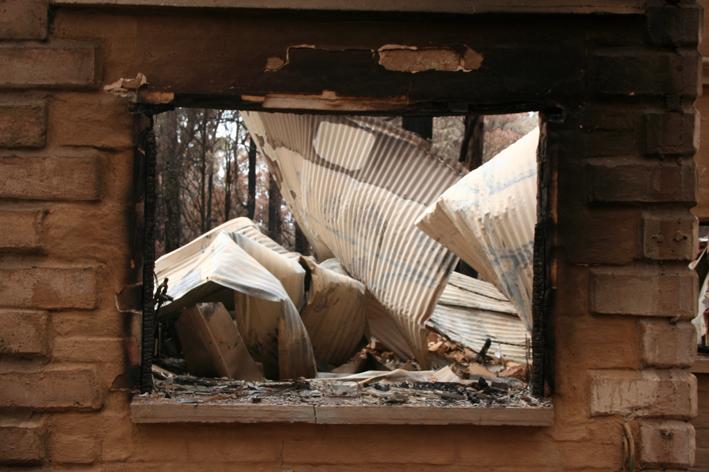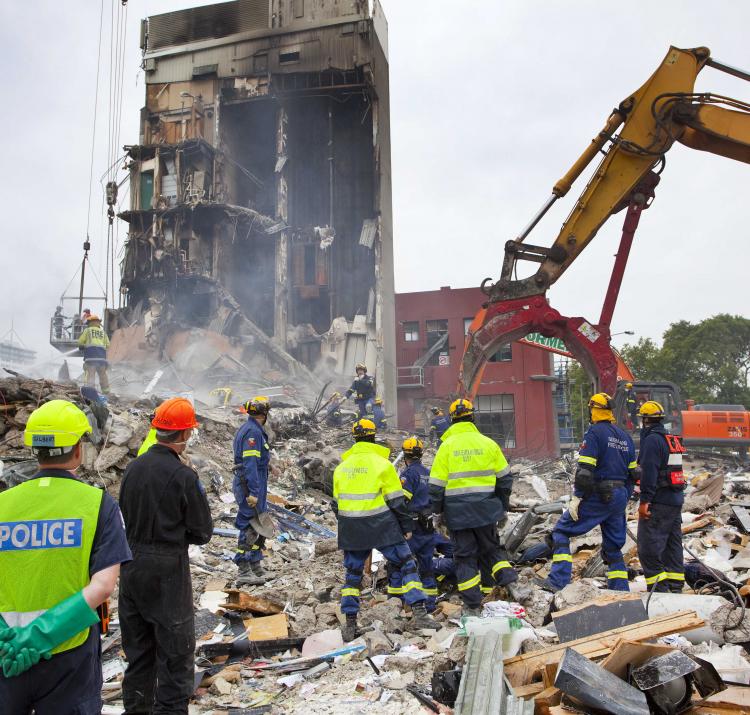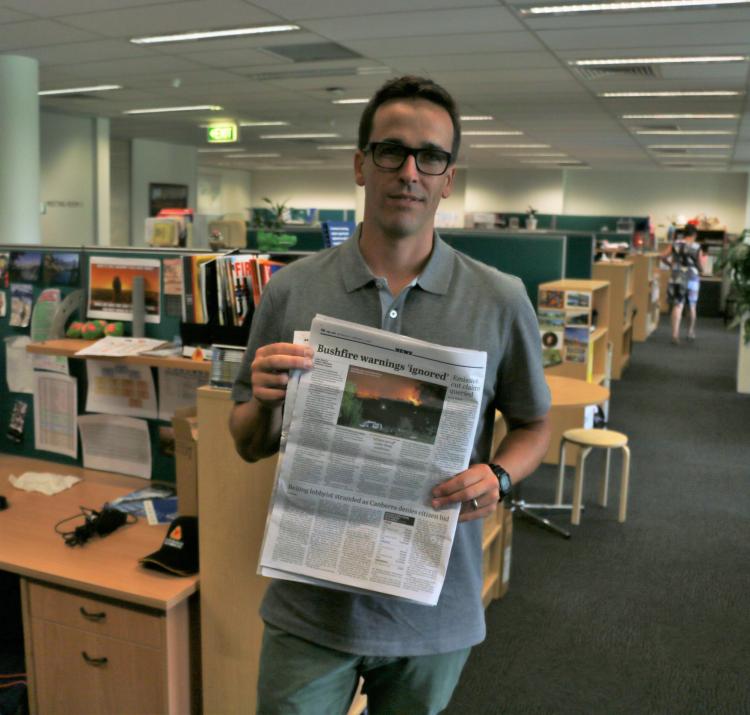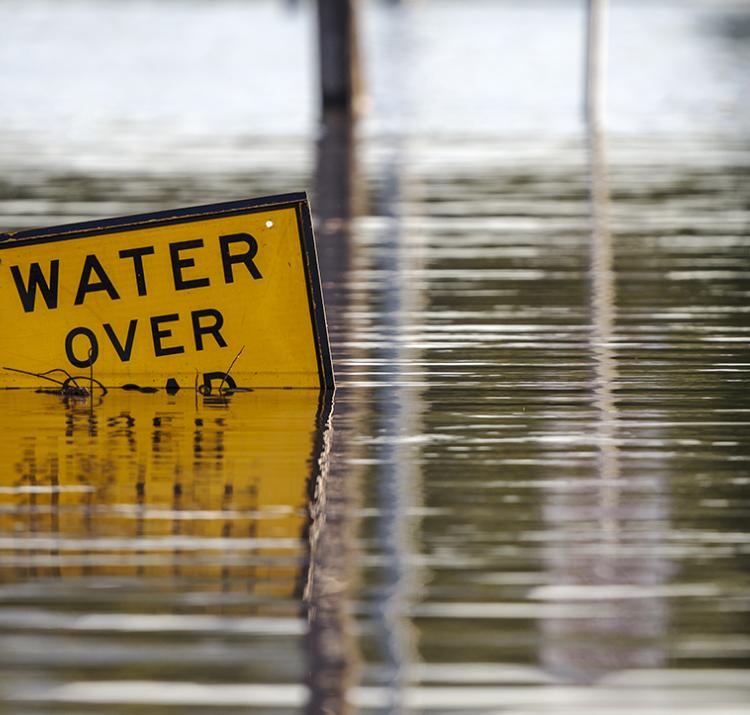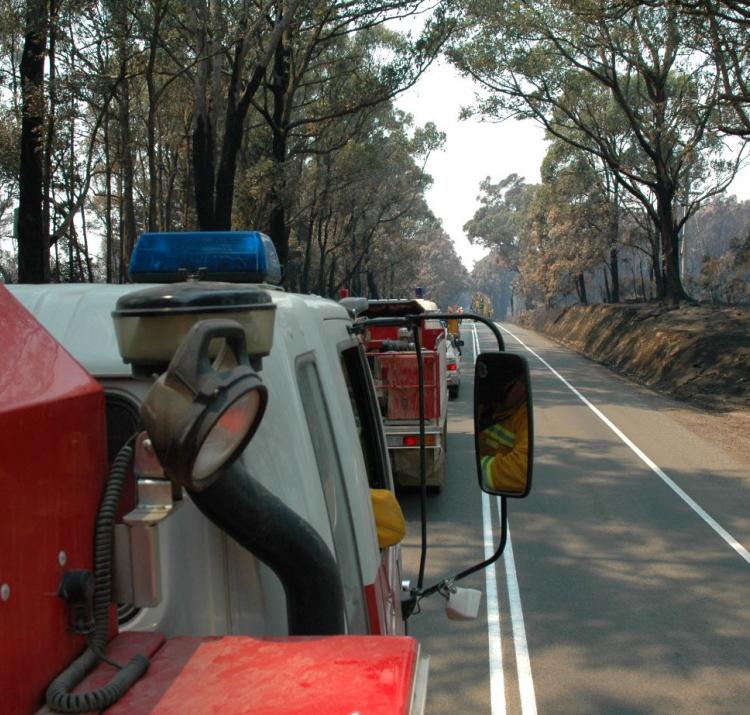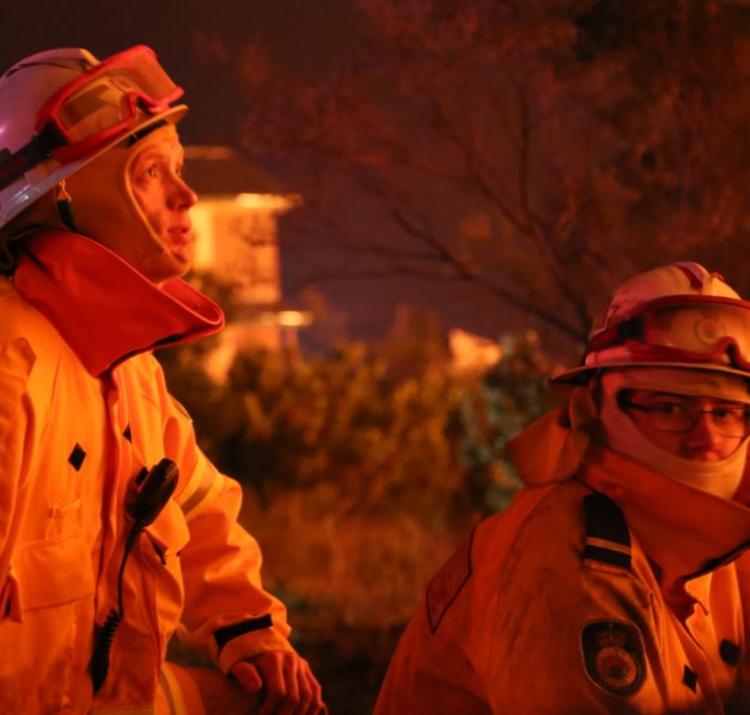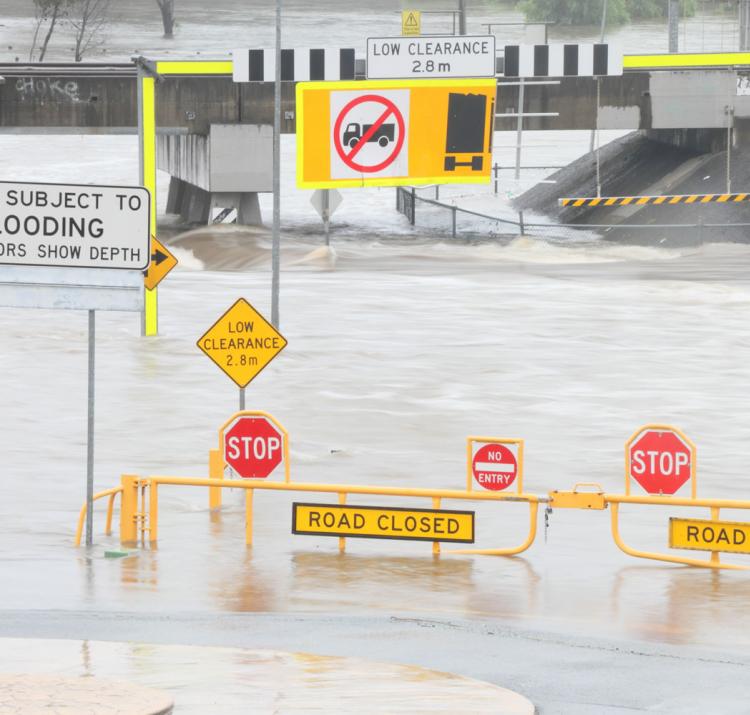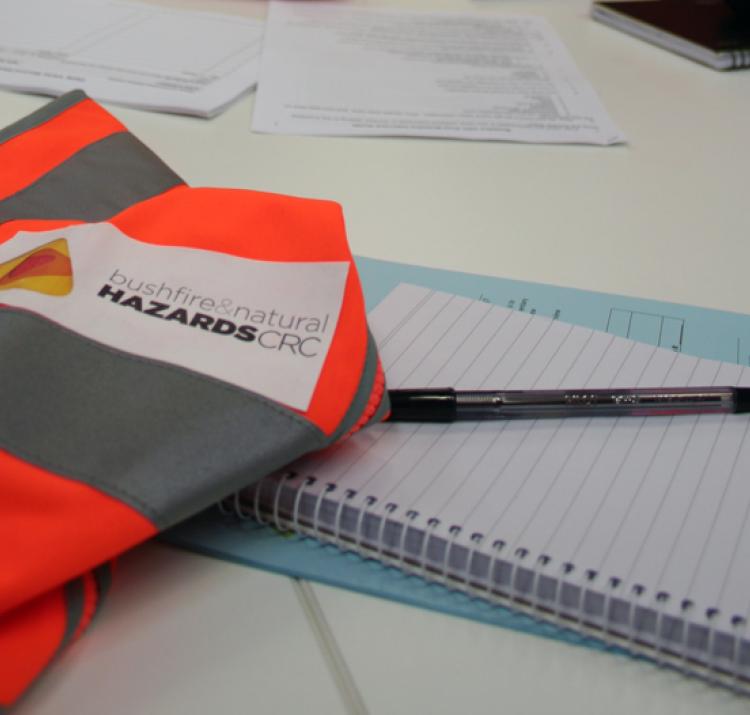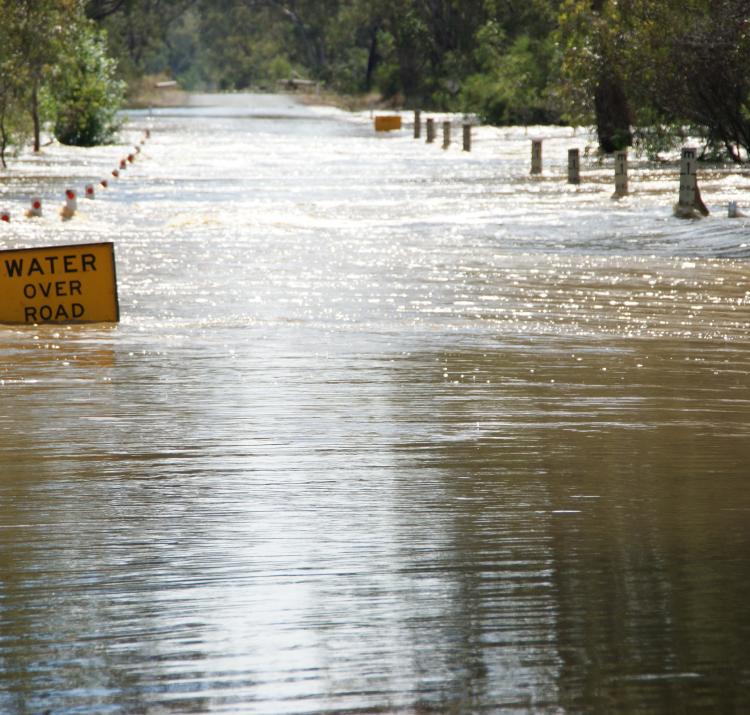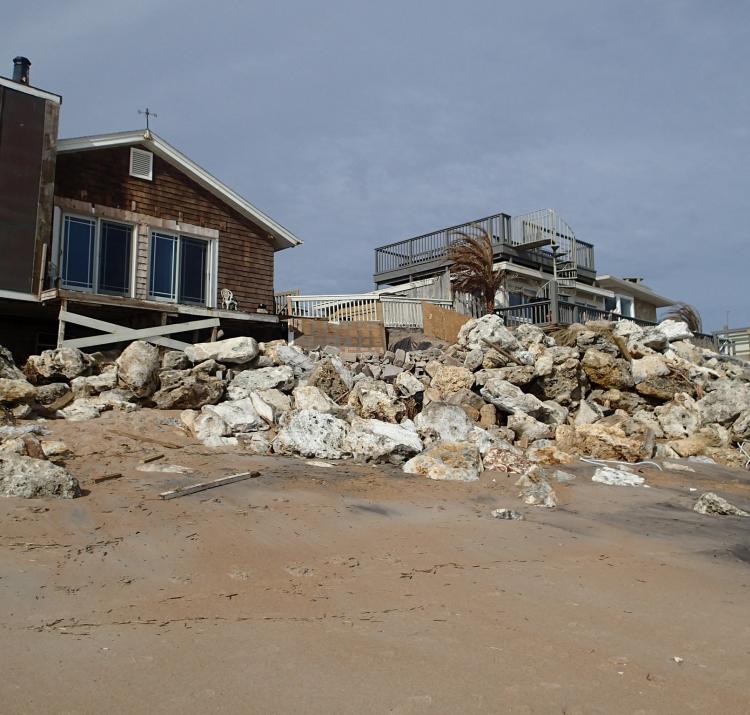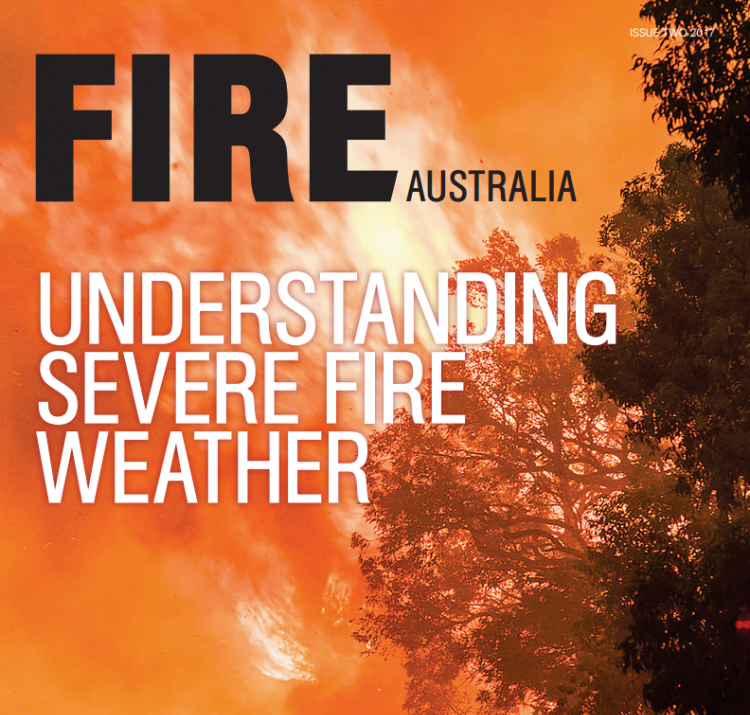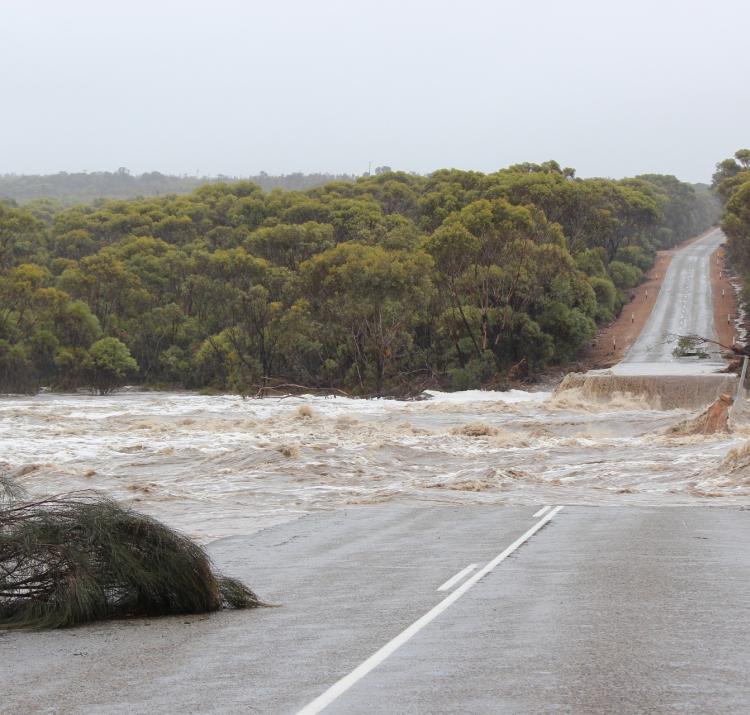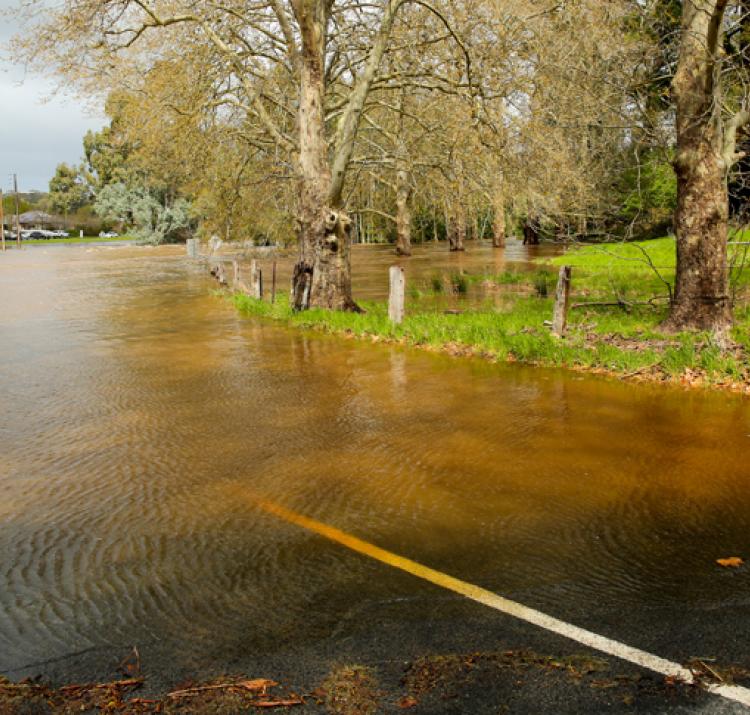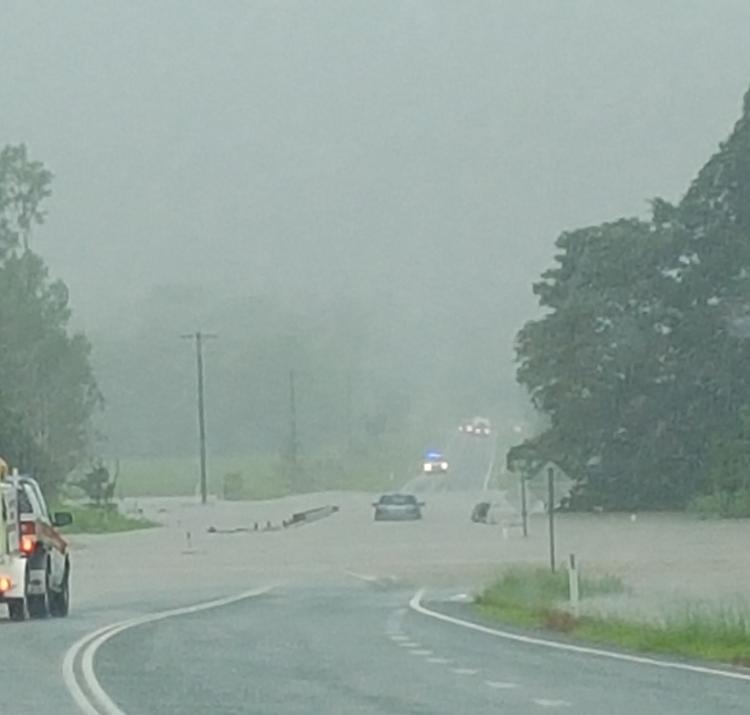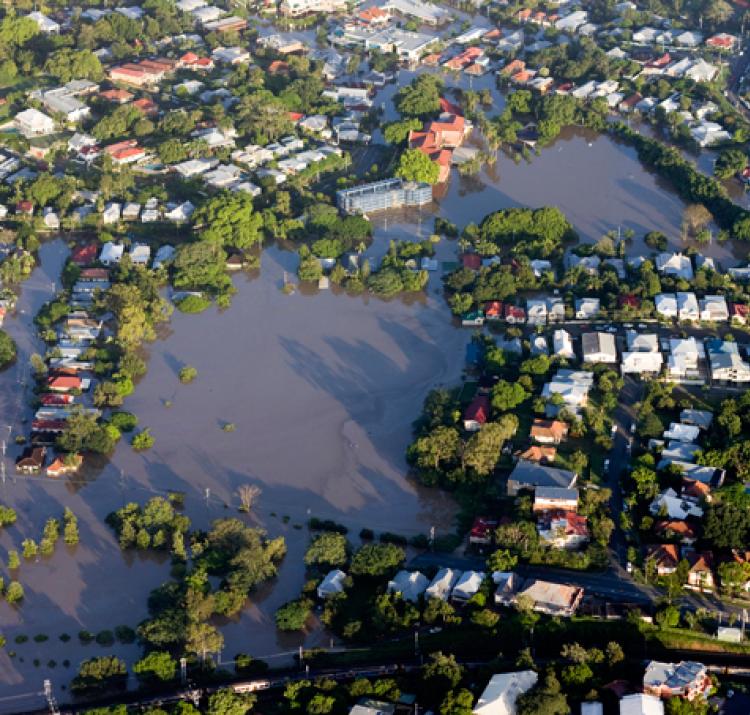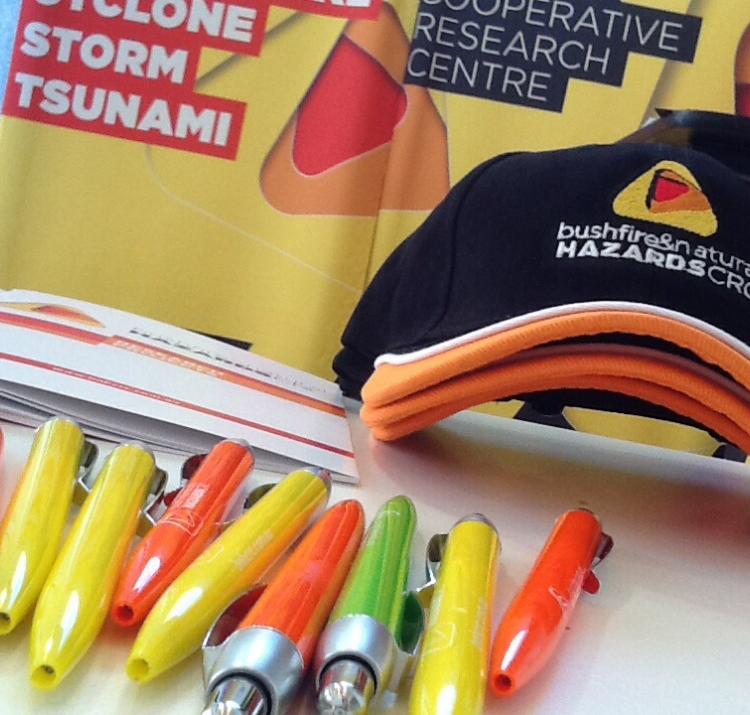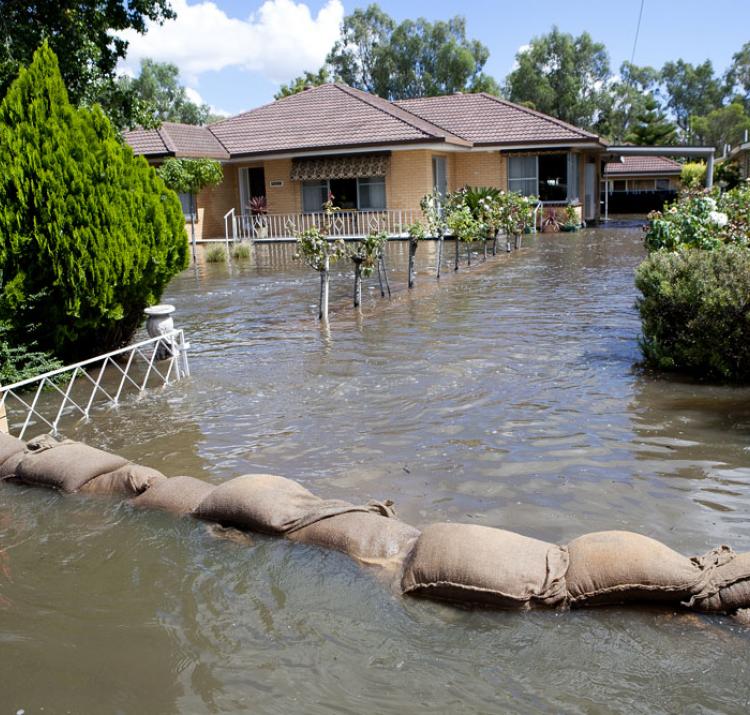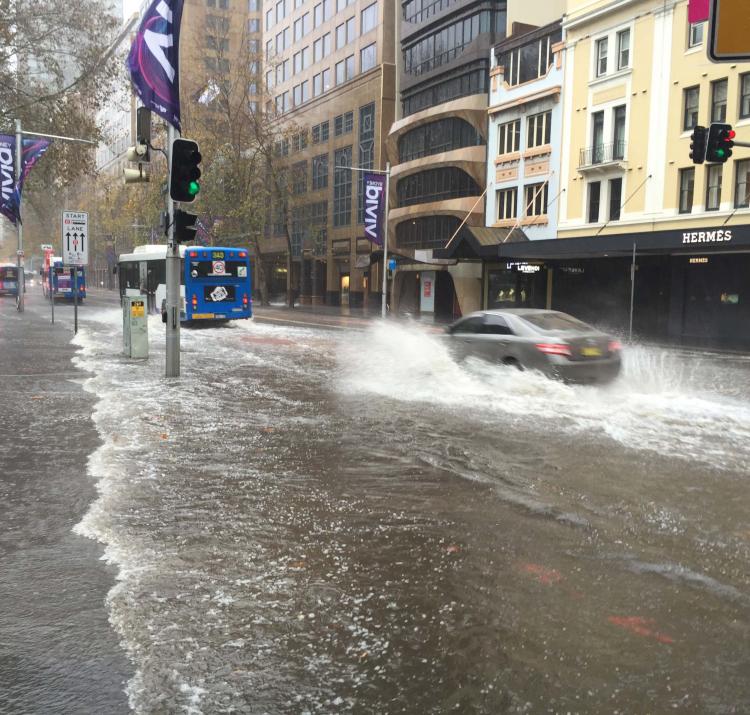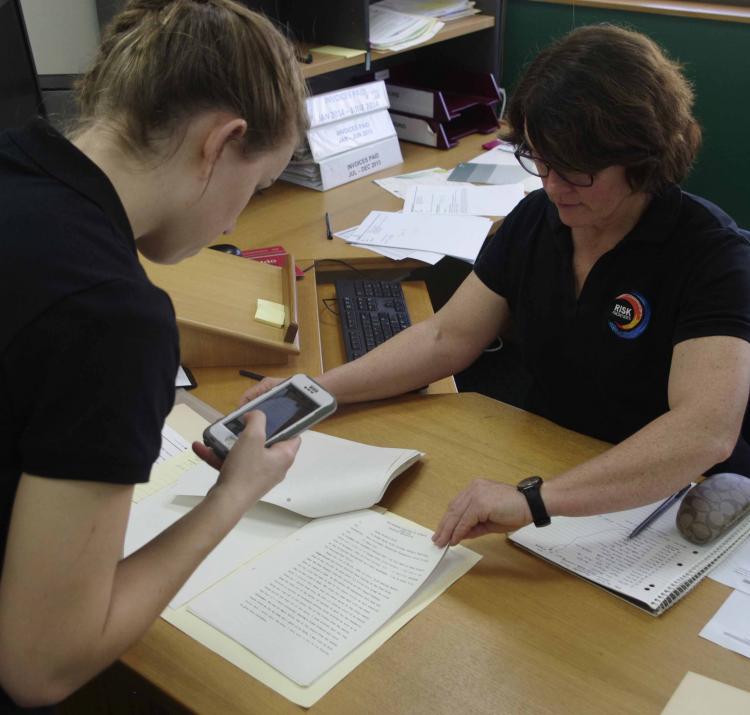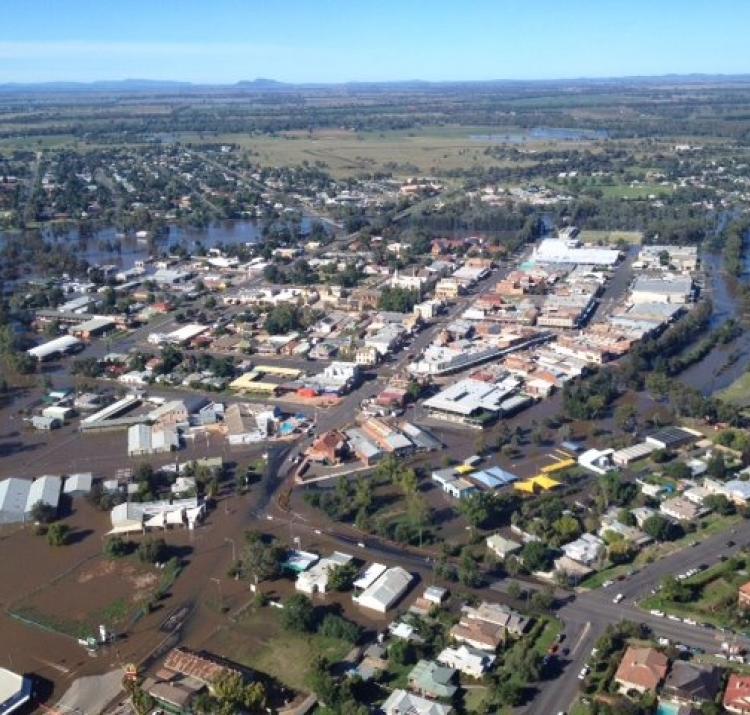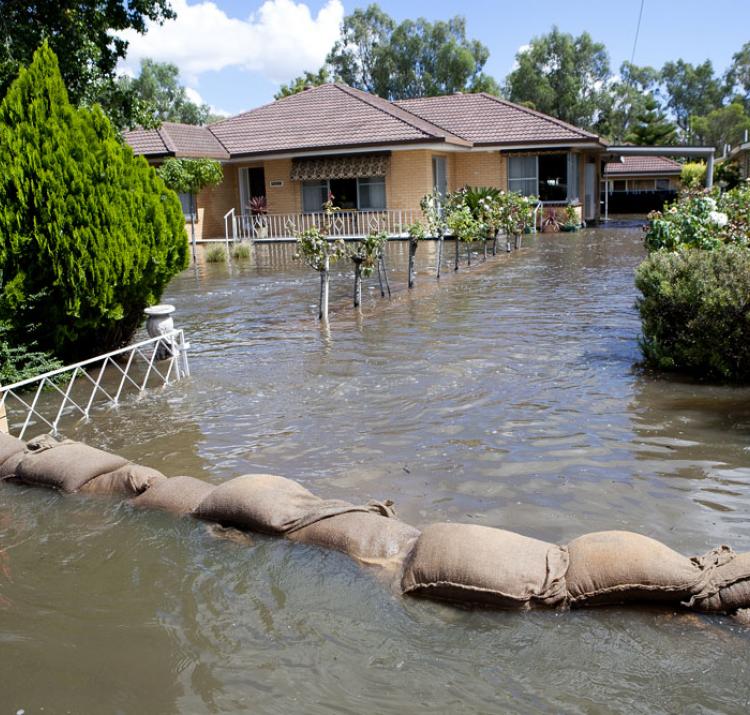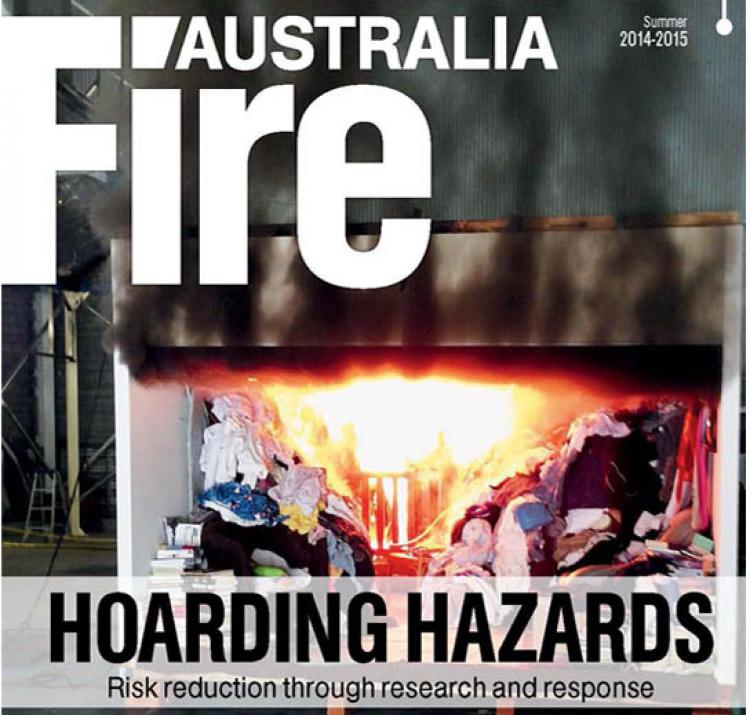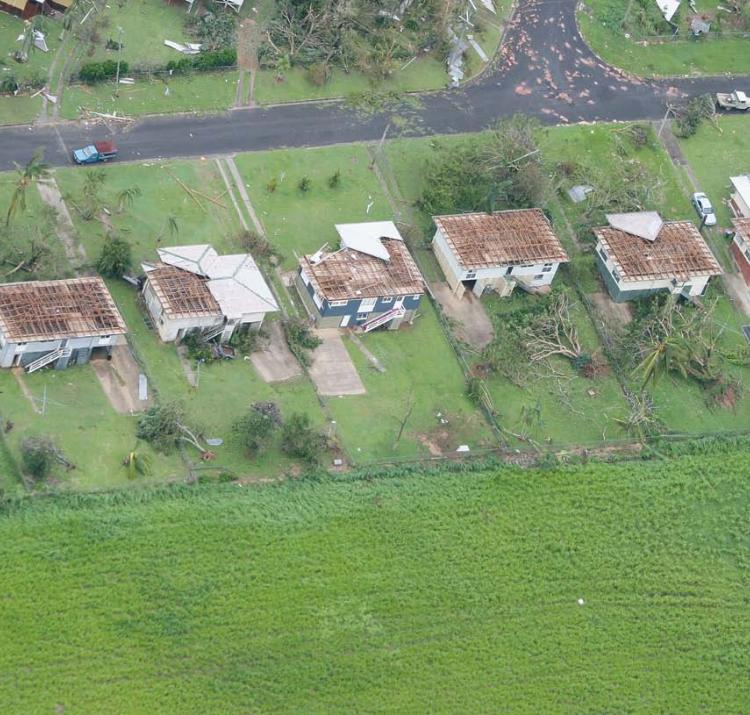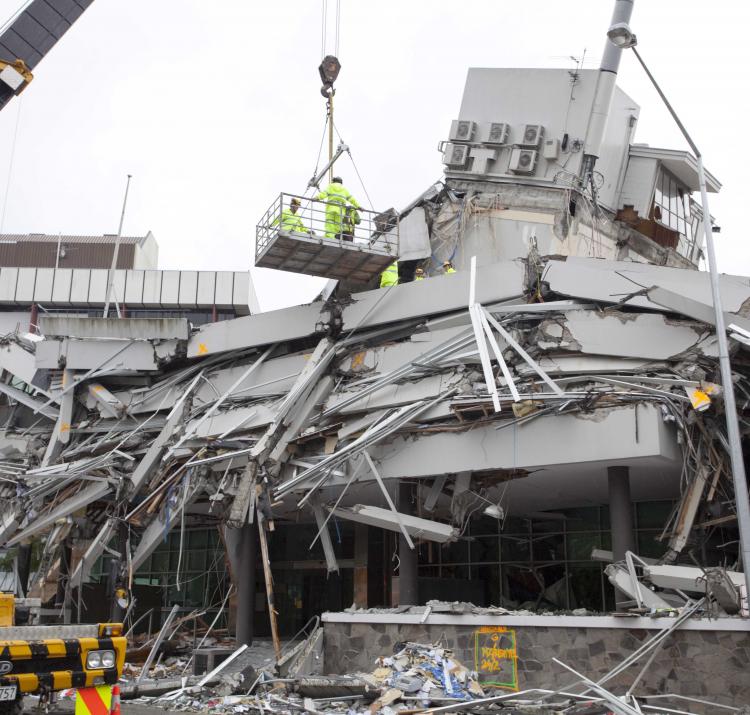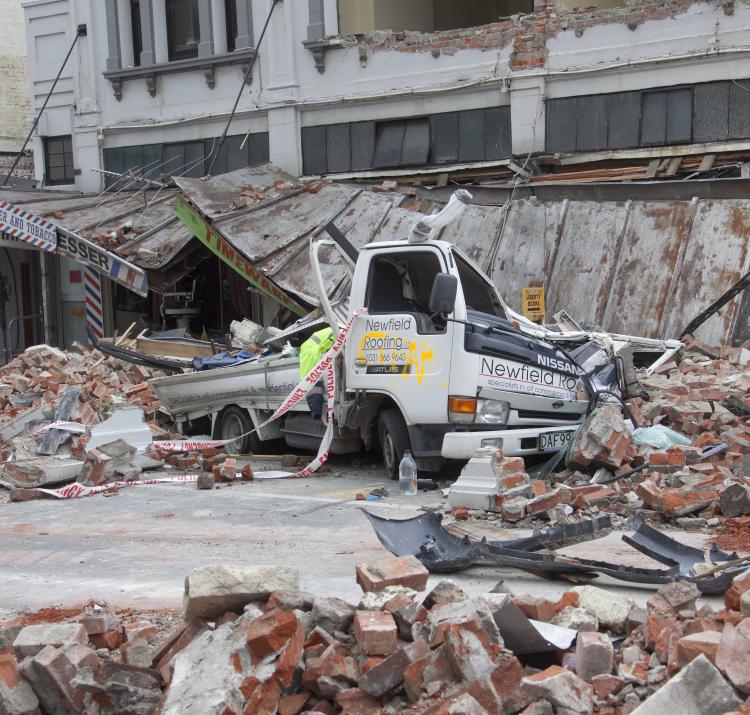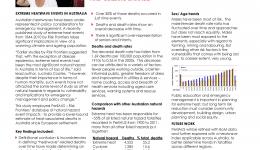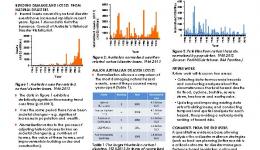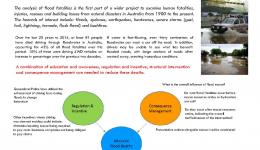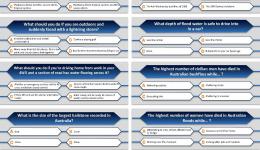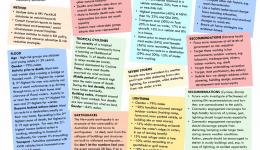Research leader
Research team
End User representatives
This study has informed community flood warning campaigns, emergency services training and national policy initiatives by investigating the circumstances of all flood fatalities in Australia from 1900 to 2015. It has also compare the impacts of disasters from more than 100 years ago with more recent events.
By exploring the socio-demographic and environmental factors surrounding the 1,859 flood fatalities over 115 years, the research found distinct trends in relation to gender, age, activity and the circumstances of the death. These trends were analysed in the context of changes to emergency management policy and practice over time.
The NSW State Emergency Service has used the findings of the research for its ‘FloodSafe’ community campaign and training, while the Queensland Fire and Emergency Services has used it to inform its ‘If It’s Flooded, Forget it’ campaign.
The results of this research have significantly contributed to investigations into preventing flood fatalities by the Prevention of Flood Related Fatalities Working Group of the Community Engagement Sub-committee of the Australia–New Zealand Emergency Management Committee. This working group comprised policy makers, practitioners and researchers involved in flood risk management from Australia and New Zealand.
Similar analysis has recently been completed for fatalities due to cyclones, earthquakes and severe storms across the same time period (1900 to 2015). At least 406 fatalities occurred, with three quarters due to severe storms. The majority of these fatalities have been males.
As well as fatalities, the project has also explored building damage, by hazard, across time and by state or territory. Historical losses have been adjusted for known societal changes (i.e. numbers of homes, the value of these homes and improvements in building codes and construction). While there is substantial variability across time, there is no statistically significant upward trend in the cost of natural hazards. This result implies that no signal has yet been detected to indicate that insured losses from causes other than societal changes (such as population changes and wealth growth) are increasing.
No single hazard dominates or is responsible for most insured building losses— hailstorms, cyclones, floods, earthquakes and bushfires all feature as the most damaging events in Australia.

